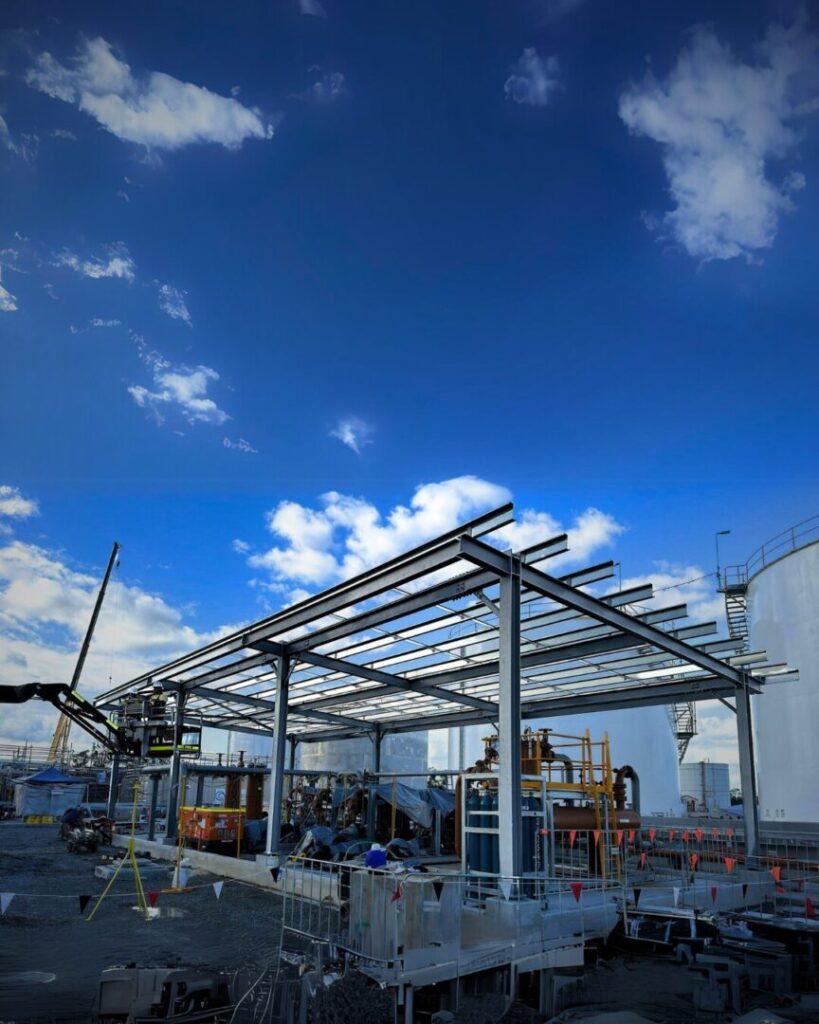The Importance of Safety in Wet Crane Hire
Learn about the vital safety considerations in wet crane hire. Explore how to mitigate risks in bodies of water, like rivers and lakes, while operating cranes.
The Importance of Safety in Wet Crane Hire
Wet crane hire refers to the use of cranes in bodies of water such as rivers, lakes, or oceans. Safety is always a top priority when it comes to crane hire, and this blog post will delve into the specific safety considerations for wet crane hire, such as weather conditions and water depth. In this article, we will discuss the importance of safety in wet crane hire and how to ensure that all safety measures are taken into account before operating the crane.
Introduction
Cranes are essential equipment in various industries, including construction, oil and gas, and shipping. However, operating a crane comes with inherent risks, and these risks increase when the crane is used in wet environments. Wet crane hire involves using a crane in a body of water, which poses unique safety challenges. In this article, we will discuss the importance of safety in wet crane hire and provide tips on how to ensure that all safety measures are taken into account before operating the crane.
The Importance of Safety in Wet Crane Hire
Wet crane hire presents several risks that are not present in dry crane hire. These risks include:
Understanding the Risks of Wet Crane Hire
- Unstable water conditions: Bodies of water are rarely static and can be prone to sudden changes in depth, current, and flow. This instability makes it challenging to maintain balance while operating the crane.
- Water visibility: The water can be murky or unclear, making it difficult to see any obstacles or hazards that may be present.
- Weather conditions: Weather conditions such as wind, fog, and lightning can make it challenging to operate a crane safely.
Safety Precautions for Wet Crane Hire
To ensure safe operation, several safety precautions should be taken, including:
- Conducting a thorough risk assessment: This involves identifying potential hazards and risks and developing measures to mitigate them.
- Proper training for operators: All operators should be adequately trained to operate the crane in wet conditions and should be aware of the risks involved.
- Use of appropriate equipment: All equipment used in wet crane hire should be fit for purpose, regularly maintained, and inspected.
- Use of personal protective equipment: All operators should wear appropriate personal protective equipment, such as life jackets and helmets.
Weather Conditions for Wet Crane Hire
Weather conditions can have a significant impact on the safety of wet crane hire operations. Some of the key weather conditions to consider include:
Wind Speed
High wind speeds can affect the stability of the crane and make it difficult to control. As a general rule, crane operations should be halted if the wind speed exceeds 20 mph.
Visibility
Poor visibility can make it difficult to see potential hazards in the water. If visibility is limited due to fog, rain, or other factors, crane operations should be halted until visibility improves.
Lightning
Operating a crane during a thunderstorm is highly dangerous and should be avoided. All crane operations should be halted if lightning is detected in the area.
Water Depth and Currents
Water depth and currents can affect the stability and control of the crane. It is essential to consider these factors when planning a wet crane hire operation.
Water Depth
The water depth is a crucial factor in wet crane hire. The crane’s stability and weight-bearing capacity are affected by the depth of the water, and it’s crucial to ensure that the crane can handle the load required at the specific water depth. The crane operator should have a clear understanding of the water depth and ensure that the crane’s weight-bearing capacity is not exceeded.
Currents
The presence of strong currents in the water can make it challenging to control the crane, especially when lifting heavy loads. The crane operator should be aware of the current’s direction and strength and adjust the crane’s positioning and movement accordingly.
Equipment Maintenance
Proper maintenance of the crane and other equipment used in wet crane hire is essential to ensure safe operation. Regular inspections and maintenance of the crane and other equipment can help identify potential hazards before they become a safety risk. Some critical maintenance considerations include:
Crane Maintenance
The crane should be regularly inspected to ensure that it’s in good condition and fit for purpose. The crane’s weight-bearing capacity, hydraulics, and other essential components should be regularly checked and maintained.
Life Jackets
All operators should wear properly fitting life jackets that are in good condition. Life jackets should be inspected regularly and replaced when they become damaged or show signs of wear.
Conclusion
Safety is of utmost importance when it comes to wet crane hire. The risks involved in operating a crane in a body of water can be significant, and it’s crucial to take all necessary precautions to ensure safe operation. Proper risk assessment, operator training, use of appropriate equipment, consideration of weather conditions, water depth, and currents, and regular equipment maintenance can help mitigate potential hazards and ensure safe operation.


